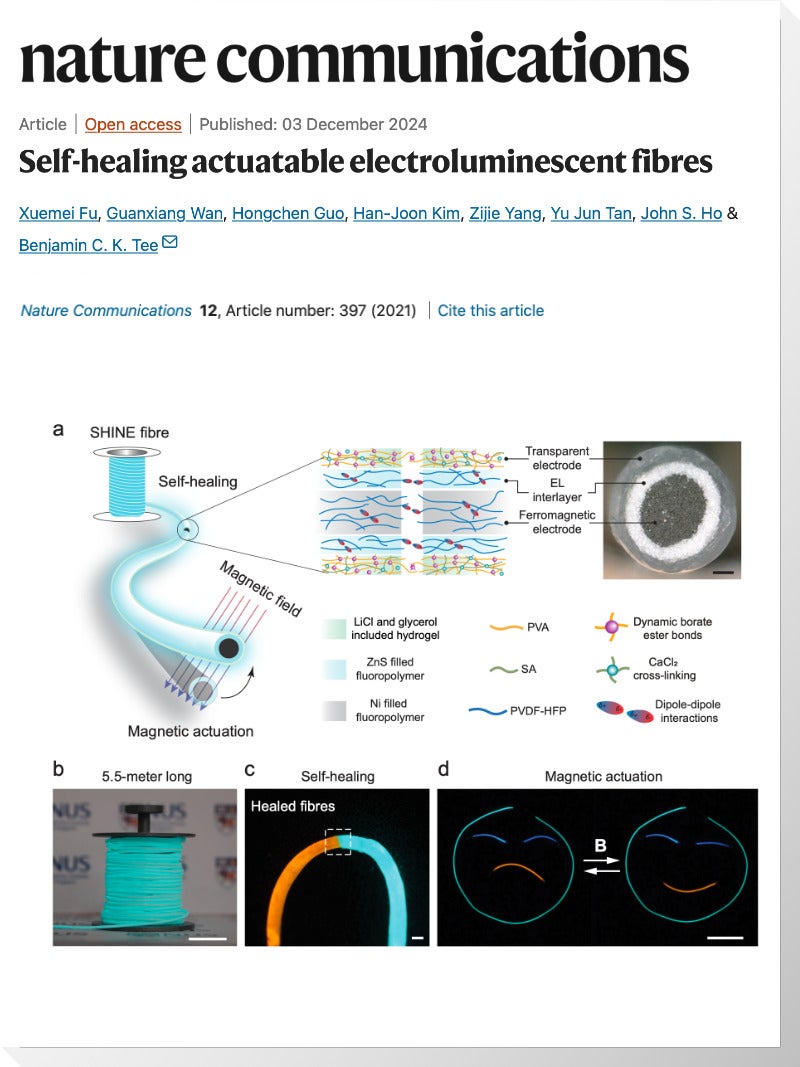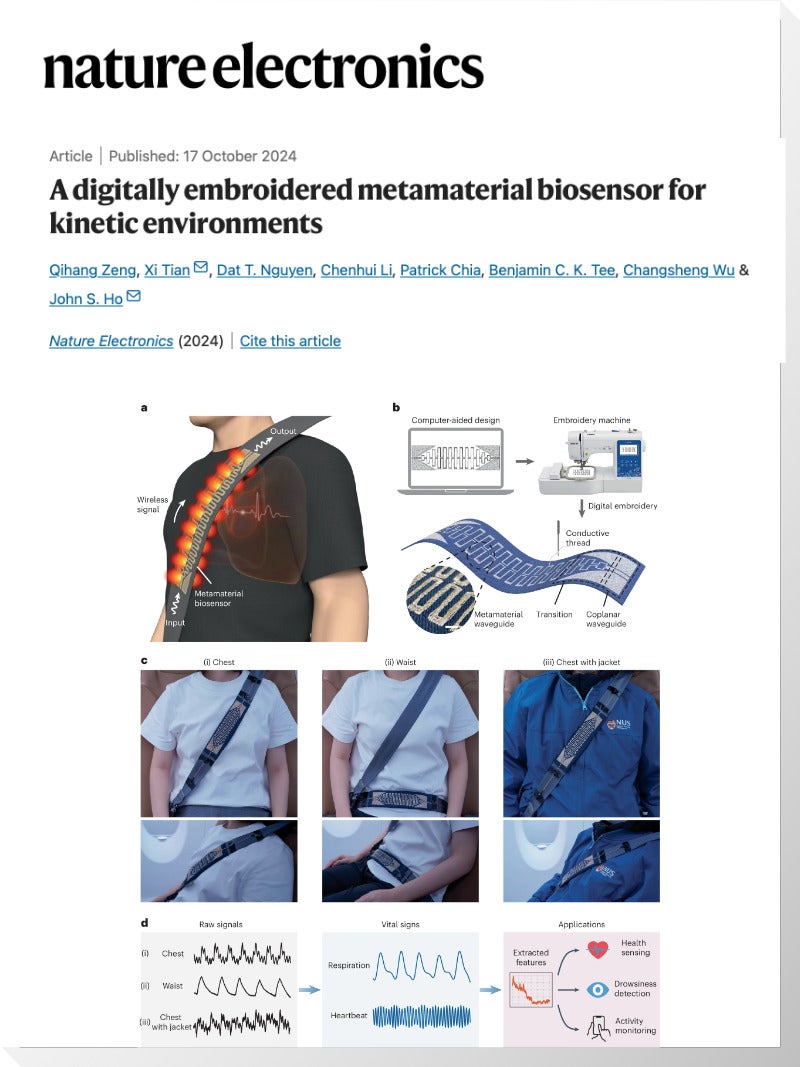Ambient and supplemental magnetic fields promote myogenesis via…
- September 17, 2019

Abstract
We show that both supplemental and ambient magnetic fields modulate myogenesis. A lone 10 min exposure of myoblasts to 1.5 mT amplitude supplemental pulsed magnetic fields (PEMFs) accentuated in vitro myogenesis by stimulating transient receptor potential (TRP)-C1-mediated calcium entry and downstream nuclear factor of activated T cells (NFAT)-transcriptional and P300/CBP-associated factor (PCAF)-epigenetic cascades, whereas depriving myoblasts of ambient magnetic fields slowed myogenesis, reduced TRPC1 expression, and silenced NFAT-transcriptional and PCAF-epigenetic cascades. The expression levels of peroxisome proliferator-activated receptor γ coactivator 1α, the master regulator of mitochondriogenesis, was also enhanced by brief PEMF exposure. Accordingly, mitochondriogenesis and respiratory capacity were both enhanced with PEMF exposure, paralleling TRPC1 expression and pharmacological sensitivity. Clustered regularly interspaced short palindromic repeats-Cas9 knockdown of TRPC1 precluded proliferative and mitochondrial responses to supplemental PEMFs, whereas small interfering RNA gene silencing of TRPM7 did not, coinciding with data that magnetoreception did not coincide with the expression or function of other TRP channels. The aminoglycoside antibiotics antagonized and down-regulated TRPC1 expression and, when applied concomitantly with PEMF exposure, attenuated PEMF-stimulated calcium entry, mitochondrial respiration, proliferation, differentiation, and epigenetic directive in myoblasts, elucidating why the developmental potential of magnetic fields may have previously escaped detection. Mitochondrial-based survival adaptations were also activated upon PEMF stimulation. Magnetism thus deploys an authentic myogenic directive that relies on an interplay between mitochondria and TRPC1 to reach fruition.
Please click HERE for the research article.






